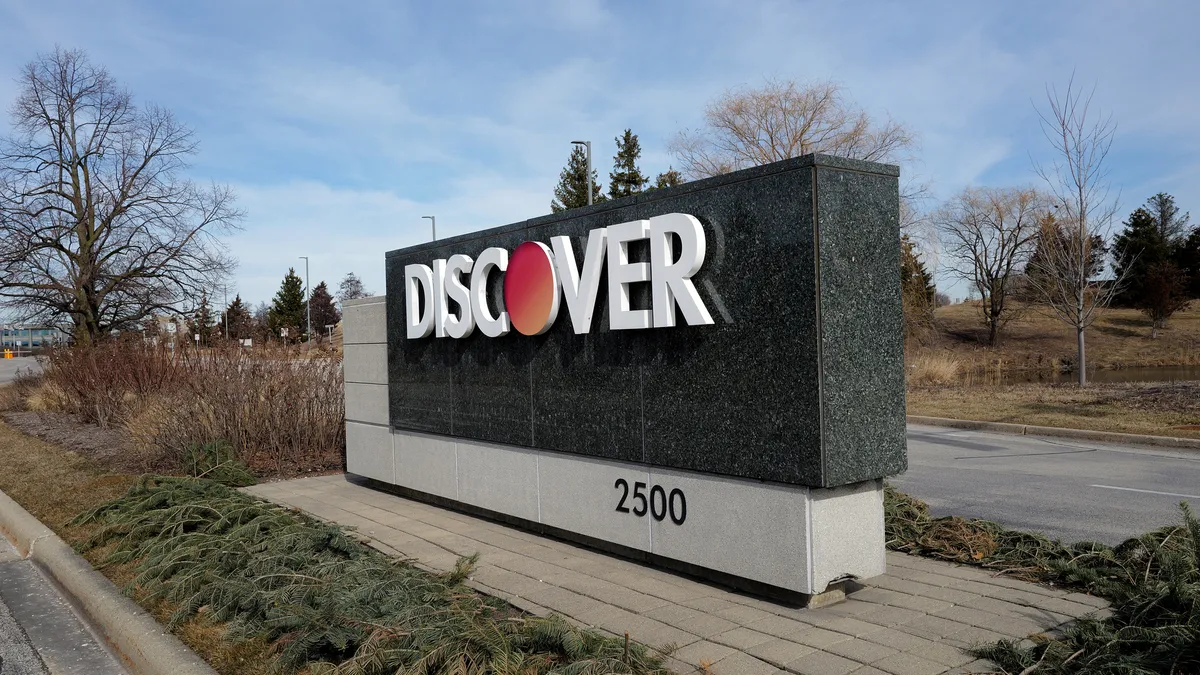ACI Worldwide has deployed artificial intelligence across its business so it can better service clients and streamline its own business development, CEO Tom Warsop says.
Still, the payments technology company is keeping humans in the loop and on the look-out for AI hiccups that can be stumbling blocks.
In a December interview focused on trends for next year, Warsop discussed the deployment of AI at ACI and how it’s working out for the Elkhorn, Nebraska-based company.
Editor’s note: This interview has been edited for clarity and brevity.
PAYMENTS DIVE: What’s your take on how AI will make a difference in 2025?
TOM WARSOP: From an AI perspective, there's a lot happening, of course. And let me give you the three use cases that our company is finding most valuable for AI. Number one is customer service: We're able to use AI, and particularly generative AI large language models, to make customer service representatives more efficient and more effective, and that comes into play two ways. One, [workers] who have been around a long time, and already know a lot about our products, it makes them faster, so they can answer customers’ questions faster, and they can deal with issues faster. And a new customer service representative gets productive much faster...the way we've done this is we put every piece of documentation, every question that a customer has ever asked and we've answered — we put all of that into our own proprietary instance of a well-known large language model, and we’ve trained them up with all that data, and now, when the customer has a question, the model immediately shows these are the most likely reasons they're asking, and answers to those questions.
How many customer service representatives does ACI have worldwide?
A few hundred.
I hear you saying your employees are faster, or get up to speed faster, but if they're faster with the wrong answers, that's a problem. So, how do you monitor to make sure you have quality assurance with your use of AI?
Two points I would make on that. One, we are the owners of the data that we're training this model with, so this is our data. We know this data is correct because we created it...so you have much less chance of hallucination. [Warsop explained AI hallucination to mean those instances when “large language models lie, they make up answers because they want to give you an answer, so they make it up if they don't know.]
That is not a zero chance, however, and so the second point is equally important, which is that we are not believers in 100 percent AI-driven anything. What we do is we always have a human in the loop. And so in this case, what that means is the human is providing the answer to the customer, and that human has enough training, even the very early stage customer service reps, to know...whether what the AI presented is correct or not. And if they don't think it's correct, they don't present it.
What are the other ways you’re using AI?
We pair a human developer with an AI. So, basically, it has the persona of another developer, and they work together.
What else?
The third way is fraud detection and prevention, and we've been using AI for almost three decades to make our solutions better. So, this is not new to us. We've been doing it a very long time, and it's powerful because you can find these patterns and much quicker and more effectively using using AI.
Has the AI improved?
It's absolutely better. And this is true for any large language model, any machine learning as well: The more data you get, the better the AI performs, and the more likely you are to get an answer that is useful.












